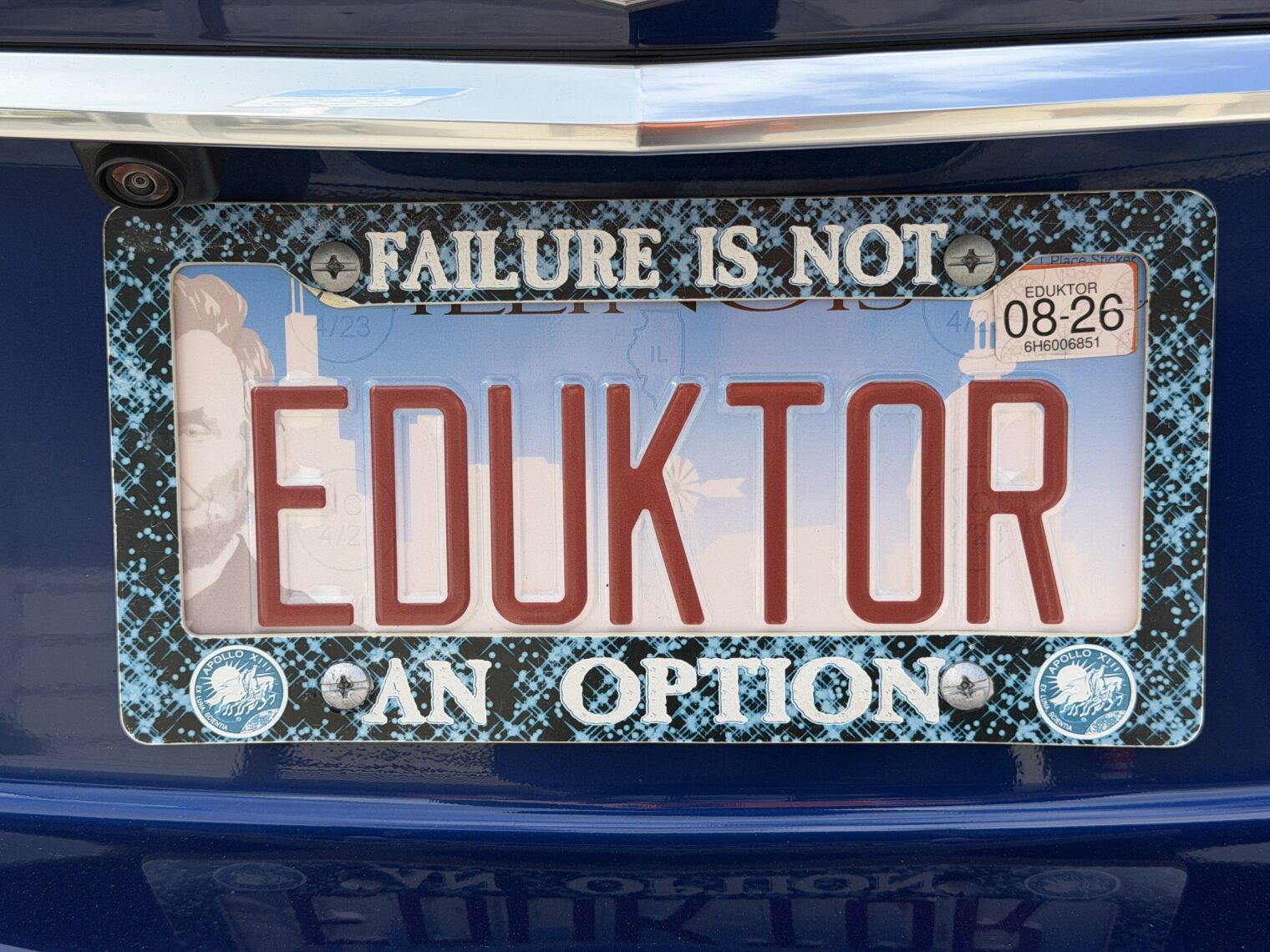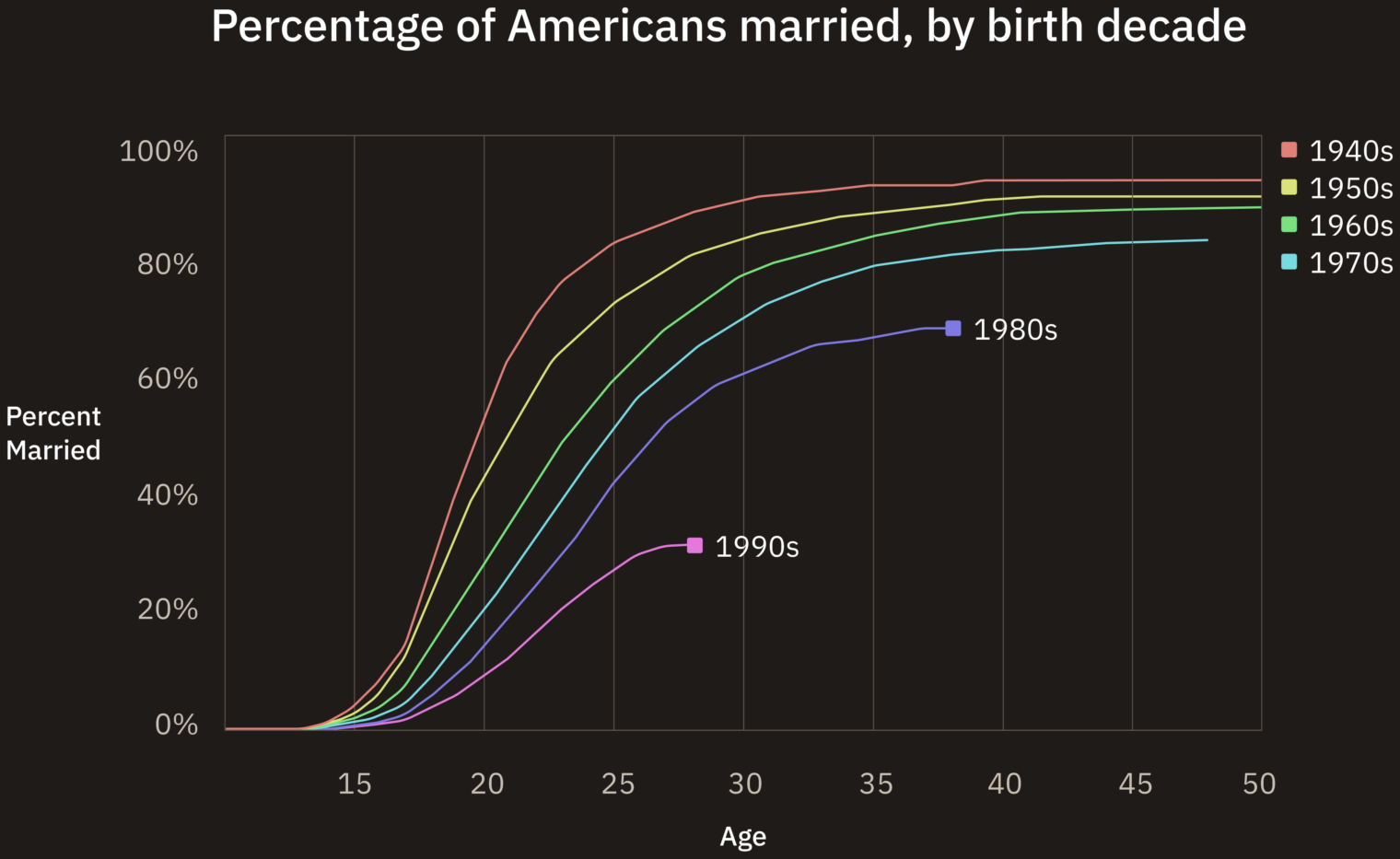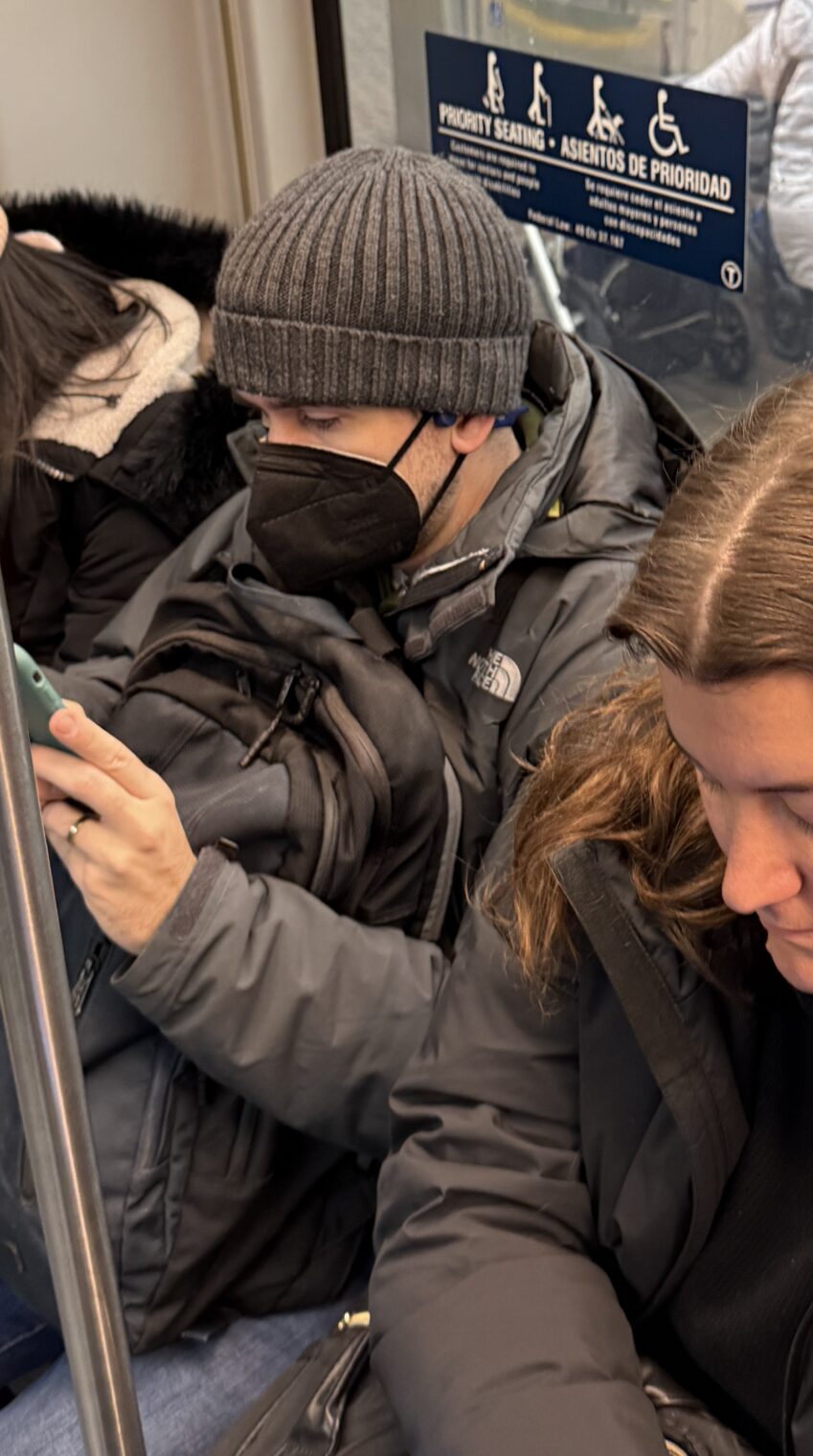Grade inflation in the public schools
A friend’s daughter is a passionate progressive and, after completing an expensive degree at an elite university, signed up as a public middle school engineering teacher. Things haven’t been going well. “What percentage of her students are easy-to-teach white or Asian native speakers of English?” “Zero,” answered her dad. “They’re all either Black or immigrants. Half of the students speak only Spanish.”
All of the work for the course is done in the classroom/lab and, therefore, no homework is required. At least half of the students did nothing, goofing off in class and turning nothing in. “I can’t grade their work because they didn’t submit any,” says the daughter, ” so at least half of the class should get Fs.” She talked to some of the veteran teachers, however, and they advised her to give everyone in the class at least a C. The paperwork associated with a D or F grade would be onerous.
The father is an Obama-style Democrat (bigger government, Rainbow Flagism, but not necessarily Biden/Harris-style open borders). He volunteered that the core problem with our public schools nationwide is chronic underfunding. He believed that in the good old days of American K-12 the schools had vastly more money per student. He and his daughter both thought that most of the problems would disappear if the class sizes were reduced to half of the current levels (i.e., double the number of teachers).
Urban Institute offers some trends. State and local governments now spend more on “public welfare” than on schools:
Public welfare is also the champion for inflation-adjusted spending growth (“health and hospitals” have also grown and would also have been considered “welfare” in the bad old days):
Inflation-adjusted spending on K-12 has grown by 136 percent compared to the purportedly good old days of school funding in 1977. (Perhaps it doesn’t matter for a growth comparison, but most numbers for “per-pupil spending” understate what society spends on K-12 because they don’t include the capital costs of building or renovating schools.)
Circling back to the grade inflation issue, I wonder if it is time to trot out my oft-expressed opinion that teachers shouldn’t grade their own students. There should be a neutral third party (maybe simply a teacher at another school) who does the grading while the teacher is purely a coach to assist students with doing well when they submit material to the neutral evaluator. (See “Universities and Economic Growth” from 2009, for example.)
Loosely related, a “Failure is not an Option” frame around an EDUKTOR license plate (Illinois), captured in the Juno Beach Pier parking lot:
See “Back to school in Chicago: fewer than 1-in-3 students read at grade level” for how, apparently, giving students the Ds and Fs when they’re at the D and F level of achievement is not an option.
Full post, including comments






















